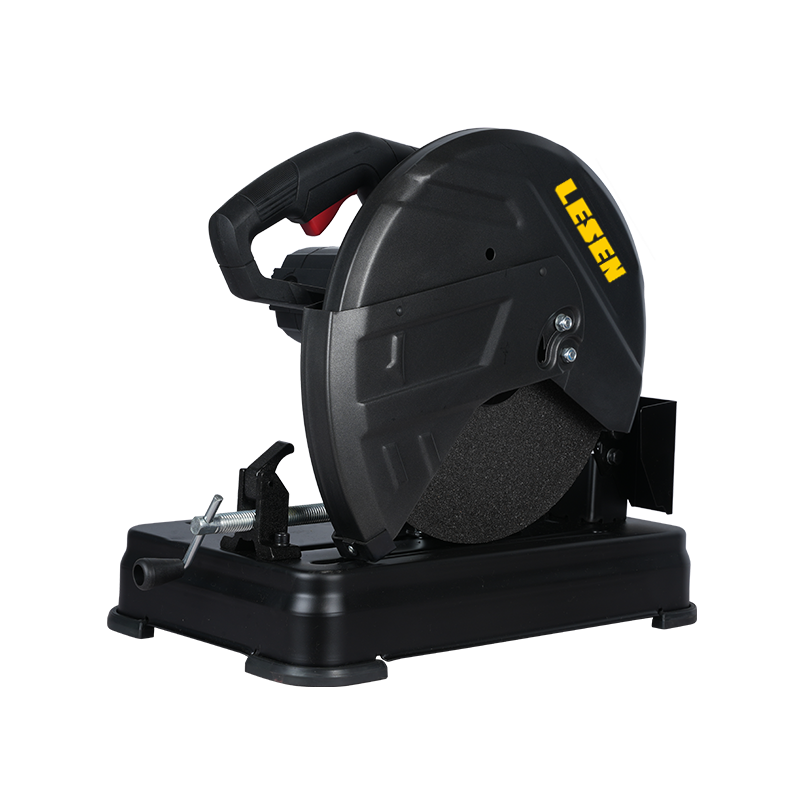
When working with aluminum, achieving a clean cut without burrs can significantly improve both the appearance and functionality of the finished piece. Aluminum is softer than steel, which makes it prone to forming burrs during cutting. Using an aluminum cutting saw correctly and applying certain techniques can help minimize these imperfections.
Understanding Burr Formation
Burrs are small, raised edges or rough areas that appear along the cut surface of aluminum. They occur when the saw blade tears the metal rather than slicing it cleanly. Factors such as blade type, feed rate, cutting speed, and material support all contribute to burr formation. By understanding the causes, operators can take steps to reduce them during cutting.
Choose the Right Blade
The type of blade used in an aluminum cutting saw plays a crucial role in burr reduction. Blades with more teeth generally provide finer cuts, as each tooth removes less material per pass. Carbide-tipped blades designed for non-ferrous metals are preferred because they maintain sharpness longer and reduce heat buildup, which can contribute to burrs. Regularly inspecting and replacing worn blades also ensures consistent performance.
Adjust Cutting Speed and Feed
Cutting speed and feed rate directly affect the quality of the cut. High speeds can generate heat, causing the aluminum to deform slightly and leaving rough edges. On the other hand, feeding too quickly can lead to tearing. A balanced approach involves using moderate cutting speed combined with steady, controlled feed. Testing on scrap pieces of aluminum can help determine the best settings for a specific saw and material thickness.
Support the Material Properly
Proper support of the aluminum piece during cutting is essential. Vibrations and movement can worsen burr formation. Clamping the material securely and using supports along the length of the cut help maintain stability. Some operators place masking tape along the cut line to prevent chipping and reduce edge roughness. Ensuring the material is level and firm reduces the risk of tearing as the blade passes through.
Apply Lubrication if Needed
Lubricants can play a role in reducing burrs, especially for thicker aluminum profiles. Light oils or cutting fluids reduce friction and heat, allowing the saw blade to move more smoothly through the material. This not only helps reduce burrs but also extends the life of the blade. It is important to use a lubricant compatible with both the aluminum and the saw to prevent residue buildup or corrosion.
Post-Cutting Techniques
Even with careful cutting, minor burrs may remain. Deburring tools, files, or sandpaper can be used to remove small imperfections. For angled or intricate cuts, specialized deburring tools can reach corners and edges more effectively. A consistent post-cutting process ensures that the final product has smooth edges and meets quality standards.
Regular Maintenance
Regular maintenance of the aluminum cutting saw is key to reducing burrs over time. Keeping the blade clean, checking for alignment issues, and ensuring the saw operates at the correct speed all contribute to cleaner cuts. Periodic inspections prevent small issues from affecting cutting performance and burr formation.
Reducing burrs when using an aluminum cutting saw requires attention to multiple factors, including blade selection, cutting speed, material support, lubrication, and post-cutting finishing. By implementing these strategies, operators can achieve cleaner cuts, minimize manual finishing, and improve the overall quality of aluminum components. Consistency in technique and proper maintenance are essential for reliable, burr-free results.
